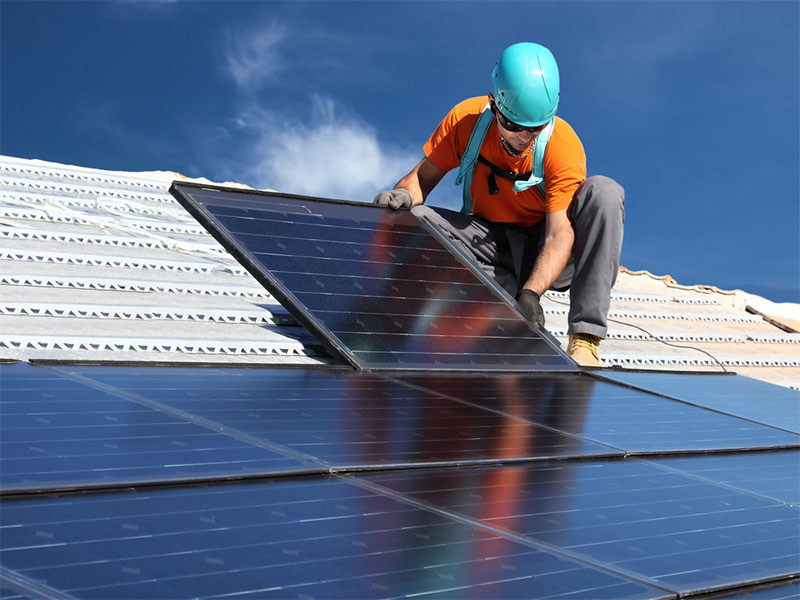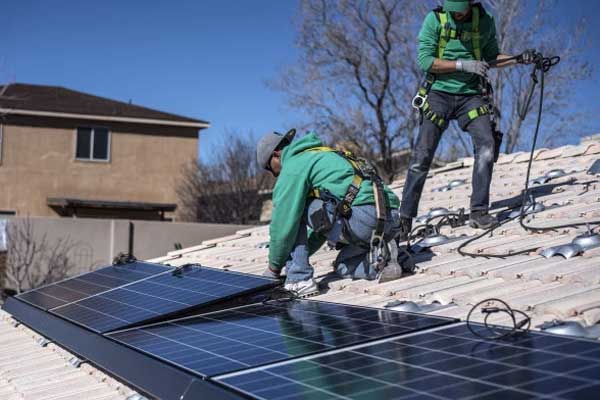Could This Be the Most Efficient Solar Panel Ever?
Solar panels have been around for a while now, but the materials they’re made from make them incapable of converting more than about a quarter of the sun’s energy into usable electricity. According to MIT calculations, an average house in sunny Arizona still needs about 574 square feet of solar panels (assuming about 15 percent efficiency) to meet its daily energy needs. In chilly and gray-wintered Vermont, the same house would need 861 square feet. That’s a lot of paneling.
Clean Energy Could Start a Trade War Between China and the United States
If you believe the geopolitical soothsayers, the US and China are headed for an economic confrontation. President Donald Trump has marked his first 100 days in office with efforts to roll back many of his predecessor’s climate-conscious programs, making business easier for fossil fuel companies, car manufacturers, and chemical companies. China is taking the opposite tack. In the past few years, China has surpassed the US in electric vehicle sales, renewable energy capacity, and recently announced it was investing $365 billion to keep the momentum going.
A Startup in Brooklyn Will Let People Collect and Trade Solar Power, Bypassing Utility Companies
A new startup in Brooklyn is bringing solar panels to the New York borough’s rooftops while letting local residents buy and sell electricity among their neighbors. The project, named Brooklyn Microgrid, aims to create a peer-to-peer trading system built on blockchain, the distributed ledger technology behind Bitcoin and other cryptocurrencies, the New York Times reports.
Google’s New Tool Says Nearly 80 Percent of Roofs Are Sunny Enough for Solar Panels
If you’ve ever thought about getting solar panels on your house but worried about whether it was worth it, Google may now have just the thing to help you decide. In a new expansion of its Project Sunroof, the company has built 3-D models of rooftops in all 50 states, looked at the trees around people’s homes, considered the local weather, and figured out how much energy each house or building can generate if its owners plunk down for some panels.














Comments